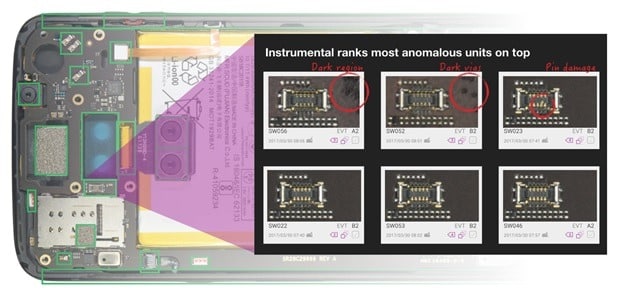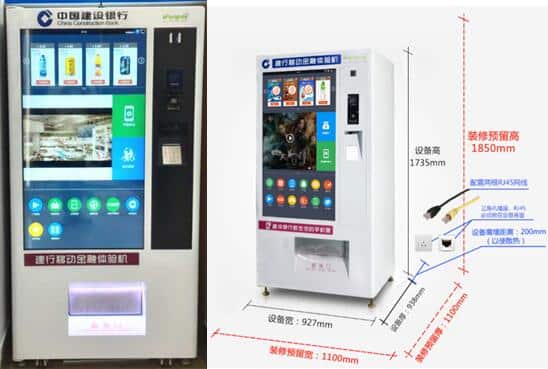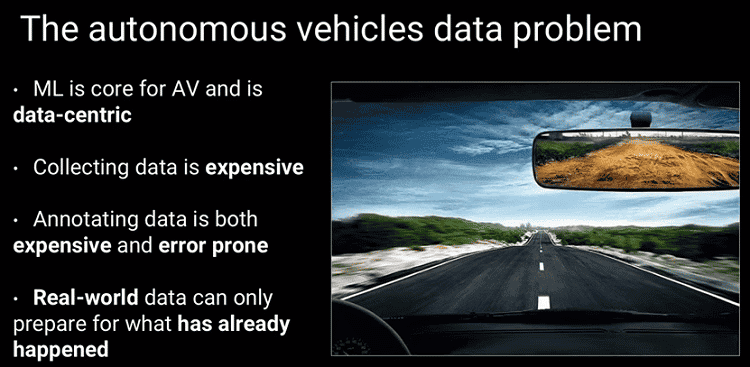Investing in Computer Vision Companies and Stocks

Over the course of the past five years, we’ve been researching opportunities for retail investors to receive exposure to artificial intelligence (AI). Unlike what the pundits say, the answer is not to invest in the FAANG stocks. There are some pure-play AI stocks out there, you just need to do lots of searching to find them.
With more than 3,000 startups around the globe focused on commercializing various aspects of AI, the opportunity has largely belonged to venture capital investors of far. For retail investors. there are a few opportunities to invest such as pick and shovel investments in AI chips. There are also a number of publicly-traded computer vision companies that provide the “eyes” for the AI algorithms to see the world as we do.
What Is the Difference Between Computer Vision and Machine Vision?
In order to perform the same tasks as humans, artificial intelligence platforms need to have eyes, a mouth, or a body, depending on the application. The eyes are provided by machine vision systems, the mouth by natural language processing, and the body by robotics. Computer vision – also referred to as machine vision – allows artificial intelligence algorithms to process, understand, and utilize visual data just as humans do, with the help of high-performance cameras and image processing software. The first thing you might be wondering is what the difference is between “computer vision” and “machine vision.”
Much of what makes the tech world difficult to grasp for the average layperson is the gratuitous use of terminology. Sometimes, the same concepts are regurgitated using new names, so the management consultancies out there can be seen as “thought leaders” and charge exorbitant rates for dubious value. As crafty Southeast Asians on the banana pancake trail like to say, “same same, but different.”
Still, names matter, and this led us to question what the difference is between computer vision and machine vision. In either case, we’re talking about equipping computers with the ability to make sense of the real-world using vision in much the same way humans do.
Machine vision technology came first when a handful of smart PhDs in the 1950s started researching 2D imaging for statistical pattern recognition. Further research centered around MIT in the 1960s and 1970s, and resulted in the first 3D models built from 2D images, as well as the first real-world applications like automatic object detection. In the 1990s, machine vision became a separate industry used in manufacturing environments for inspection, quality control, and sorting tasks on production lines. By that time, cameras and image processing had become quicker and more precise than human inspection.
Machine vision systems of old were created for a specific task and a specific set of machines – for example, to check if food products were correctly labeled. These systems had image processing algorithms running in the background that made sense of the visual data input in real time and turned this input into automated (and typically binary) decisions about the products such as good/faulty, large/small, right bin/left bin.

Computer vision grew out of these back-end image processing algorithms with the advent of hardware like GPUs and software like machine learning that lets us capture imagery in extreme detail and analyze it very thoroughly. Computer vision is not constrained to specific use cases or machine systems, and machine learning algorithms can make sense of input other than photographic imagery or video, including infrared or thermal imagery, motion sensor data, and 3D input. Hence, the technology is more universal and less constrained than machine vision originally was intended to be.
Computer vision and machine vision are two technologies that have significant overlaps. As one develops, it affects the other. Consequently, the two terms are becoming synonymous over time. As the world’s largest global vision and imaging trade group, AIA describes:
“The lines between computer vision and machine vision have been blurring over the years and today, the term machine vision is [also] used in non-industrial environments such as high-end surveillance, biomedical or life science applications, and even in the effort to improve an internet search engine’s ability to provide image recognition in search.”
How Is Computer Vision Used Today?
Computer vision technology has already become an integral part of your life. It’s used by your iPhone for facial recognition, when you switch your Tesla to autopilot, or when your friends appear as augmented reality zombies in your weekly group chat on Messenger. The technology also appears in many industrial machine vision solutions, like sorting output on production lines or managing warehouse logistics. Coupled with AI algorithms that learn as they go, computer vision solutions are now able to make autonomous decisions based on many different kinds of visual data. These findings are translated into operational efficiencies, cost savings, and bottom-line impact.
Developments in computer vision have mainly been led by private companies. Three of the world’s most funded startups are working on computer vision solutions, and all of which happen to be Chinese. Computer vision use cases vary widely and range from facial recognition and object recognition to security applications, healthcare, and autonomous drones.
Facial Recognition
Facial recognition is probably the most widely used and valuable application for computer vision today, though the Americans seem to be afraid of it. Leading startups like China’s SenseTime – currently valued at $7.5 billion – offer solutions to any use case imaginable. Challengers include Russian Ntech Lab, a startup that’s going head to head with SenseTime with just 0.07% of its funding. Other market participants focus on a chosen niche like cameras, enterprise applications, security, or biometrics.

Data Labelling
Ask anyone who’s trying to develop machine learning algorithms what’s most critical for making better algorithms and they’ll probably say data. Artificial intelligence “learns” to see the world as we do by sifting through labeled image datasets. Enter Hive, a startup doing massive human-in-the-loop projects where thousands of people are paid pennies to do extremely mundane data labeling tasks.
An alternative solution to the data problem is synthetic data. Synthetic data is computer-generated data that’s created to help algorithms correctly understand the world. A company named CVEDIA is developing synthetic datasets for autonomous vehicles, healthcare, transportation, and agriculture.

In essence (and of course, with the help of experts), our machines are beginning to train themselves using data created by other machines.
Other Applications of Computer Vision
The refinement of machine learning algorithms has led to a proliferation of computer vision capabilities in many different industries such as video content management or applications in the broader entertainment industry. Many companies out there are extracting valuable information from satellite and drone imagery and using it for predictive analytics. We’re now integrating computer vision into biometric research, physical security, and many other (sometimes banal) use cases. SignAll has developed an application that translates sign language using computer vision. Chooch is developing computer vision that’s application agnostic. Singapore’s Trax is using computer vision to reinvent retail.
How Can Retail Investors Invest in Computer Vision Stocks?
After spending more than half a decade researching computer vision companies across the globe, we found at least five stocks that give retail investors pure-play exposure to computer vision. Each of these five companies has its own specific business segments, applications, and strategy, but we’ve identified some key trends across all of them. One is Ambarella (AMBA), and the rest are discussed in a report available to Nanalyze Premium annual subscribers.
Historically, these computer vision companies enjoyed a period of strong revenue growth driven by a growing demand for factory automation solutions. Then, growth stalled in 2019 as customer spending decreased in both the consumer electronics and automotive sectors that drove the growth initially. Today, computer vision providers are looking to expand their customer base across multiple sectors to diversify their revenue streams.
Applications that should see strong growth potential going forward include:
- Packaging for consumer goods and foodstuffs: quality control and package safety inspection tasks
- Robotics: motion control for robots using the feedback of the robot’s position, as detected by a 3D camera
- Internet of Things: cameras complement other sensors in an IoT setup and provide more detailed data for analysis
- Autonomous vehicles: sensor input and image processing that powers autonomous operations
- Neural networks and deep learning: these are the back-end of computer vision systems that recognize and categorize image input
- Logistics: the automated process of acceptance, shipment, and control of goods at warehouses
In order to deliver products to new markets and improve on existing offerings, all of these computer vision companies are spending heavily on research and development, reinvesting between 13% and 15% of revenues into R&D. Given the amount of money being plowed back into R&D, it’s odd to see that four of the five companies pay dividends, something that’s not typical for high-growth tech companies. Profits can typically be put to better use by reinvesting in a high-growth business as opposed to giving a bit of cash back to stockholders.
Whether these companies remain successful and return to their previous growth trajectories will depend on how they execute their tactical plans, which include diversifying their client bases across multiple sectors and geographies.
In order for our readers to better understand these five pure-play computer vision stocks, we created a detailed 30-page analytical report. Subscribe to Nanalyze Premium for one year and you’ll immediately receive access to this report along with others we’ve created for premium subscribers.

Interested in hearing more about investing in artificial intelligence? Sign up for our weekly newsletter. We’ll keep you up-to-date on all the disruptive technologies out there that ought to be on investors’ radar. No politics, no B.S., no corporate buzzword bingo. Click here to sign up for Nanalyze Weekly.






